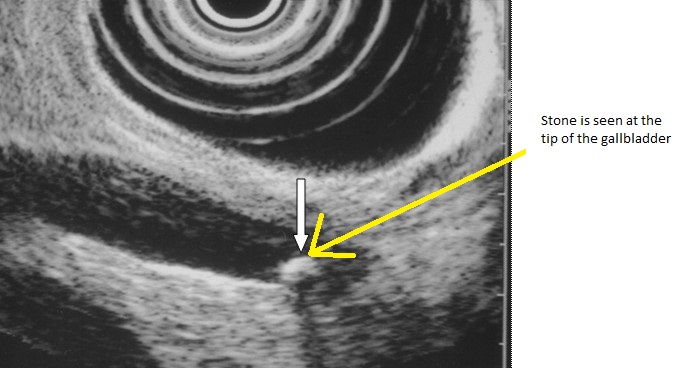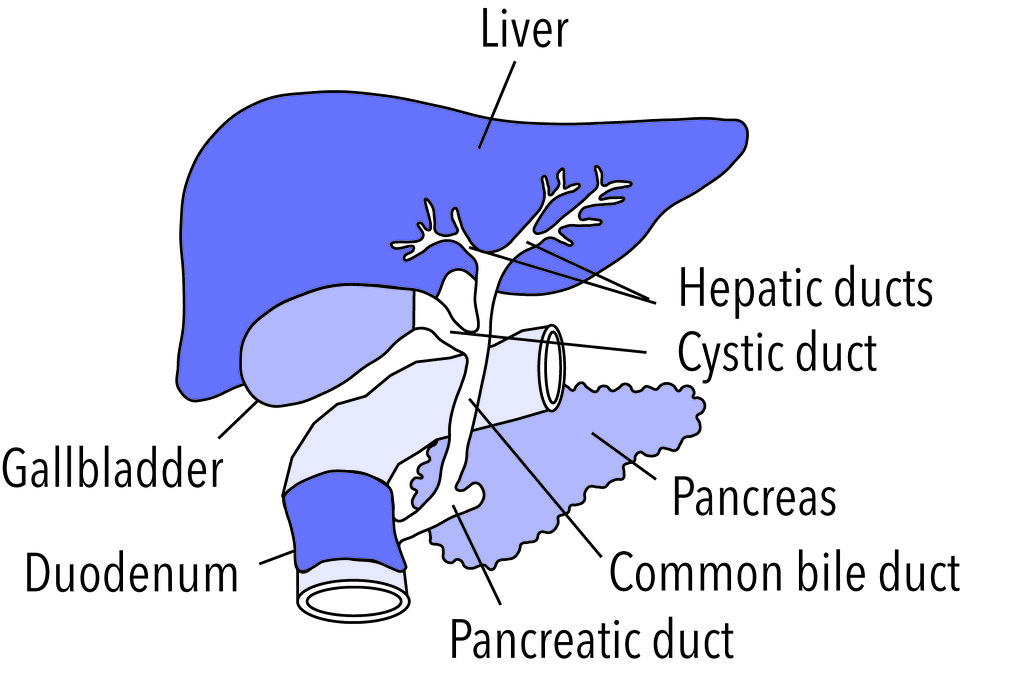Gallstones, also known as cholelithiasis in medical terms, are hardened deposits that form in the gallbladder. These stones can range in size from as small as a grain of sand to as large as a golf ball. While some individuals may never experience symptoms, others may face severe pain and complications due to gallstones. Understanding what they are, how they form, their symptoms, and available treatments is essential for maintaining good health. In this article, we will delve into these aspects to provide a comprehensive overview.


What Are Gallstones?
The gallbladder is a small, pear-shaped organ located beneath the liver. Its primary function is to store bile, a digestive fluid produced by the liver that helps break down fats in the small intestine. Gallstones develop when substances in bile, such as cholesterol or bilirubin, crystallize and form solid masses. These stones can block the flow of bile, leading to various health issues.
There are two main types of gallstones:
- Cholesterol Stones: These are the most common type, accounting for about 80 percent of all gallstones. They are primarily made of hardened cholesterol.
- Pigment Stones: These stones are composed of bilirubin, a substance produced during the breakdown of red blood cells. Pigment stones are less common but can occur in individuals with certain medical conditions.
Causes of Gallstones
The exact cause of gallstones is not always clear, but several factors contribute to their formation. Below are the primary causes:
Excess Cholesterol in Bile
When the liver produces more cholesterol than the bile can dissolve, the excess cholesterol may crystallize and form stones. This is the most common cause of cholesterol stones.
Excess Bilirubin in Bile
Certain conditions, such as liver cirrhosis or blood disorders, can cause the liver to produce too much bilirubin. This excess bilirubin can lead to the formation of pigment stones.
Incomplete Emptying of the Gallbladder
If the gallbladder does not empty completely or frequently enough, bile may become overly concentrated. This concentration increases the likelihood of stone formation.
Risk Factors
Several risk factors make individuals more susceptible to developing gallstones:
- Gender: Women are more likely to develop gallstones, especially during pregnancy or if they take hormone replacement therapy or birth control pills.
- Age: The risk of gallstones increases with age, particularly after the age of 40.
- Obesity: Being overweight or obese raises the risk of gallstones because it increases cholesterol levels in bile.
- Rapid Weight Loss: Losing weight too quickly can disrupt bile composition and promote stone formation.
- Diet: A diet high in fat and low in fiber may contribute to gallstone development.
- Family History: Individuals with a family history of gallstones are at higher risk.
- Medical Conditions: Conditions like diabetes, liver disease, and certain blood disorders increase the likelihood of gallstones.
Symptoms of Gallstones
Many people with gallstones do not experience any symptoms and may only discover them during routine medical tests. However, when symptoms do occur, they can be severe and require immediate attention. The most common symptom is biliary colic, which refers to sudden and intense pain caused by a gallstone blocking a duct in the gallbladder.
Common Symptoms
- Abdominal Pain: Pain typically occurs in the upper right portion of the abdomen and may radiate to the back or right shoulder. It often comes on suddenly and can last from a few minutes to several hours.
- Nausea and Vomiting: These symptoms often accompany abdominal pain and are a result of bile duct obstruction.
- Fever and Chills: If an infection develops due to blocked bile ducts, fever and chills may occur.
- Jaudice: Yellowing of the skin and eyes can happen if a gallstone blocks the common bile duct, preventing bile from reaching the intestines.
Complications
If left untreated, gallstones can lead to serious complications, including:
- Gallbladder Inflammation: Also known as cholecystitis, this condition occurs when a gallstone blocks the gallbladder’s outlet, causing inflammation and infection.
- Pancreatitis: Gallstones can block the pancreatic duct, leading to inflammation of the pancreas.
- Gallbladder Cancer: Although rare, individuals with a history of gallstones have a slightly increased risk of developing gallbladder cancer.
Treatment Options for Gallstones
Treatment for gallstones depends on the severity of symptoms and whether complications are present. In cases where gallstones do not cause symptoms, no treatment may be necessary. However, symptomatic gallstones often require medical intervention. Below are the most common treatment options:
Medications
Oral medications can sometimes dissolve gallstones, particularly cholesterol stones. These medications work by reducing cholesterol levels in bile. However, this treatment option is usually reserved for individuals who cannot undergo surgery due to other health concerns. It is important to note that medication-based treatment can take months or even years to be effective, and stones may return once treatment stops.
Lifestyle Changes
Making dietary and lifestyle adjustments can help prevent the formation of new gallstones and reduce symptoms. Recommendations include:
- Eating a balanced diet rich in fruits, vegetables, and whole grains.
- Avoiding high-fat and high-cholesterol foods.
- Maintaining a healthy weight through gradual weight loss.
- Staying physically active to improve overall health.
Surgical Removal of the Gallbladder
The most common and effective treatment for symptomatic gallstones is the surgical removal of the gallbladder, a procedure known as cholecystectomy. There are two main types of cholecystectomy:
- Laparoscopic Cholecystectomy: This minimally invasive procedure involves making small incisions in the abdomen and using a camera-guided instrument to remove the gallbladder. It is associated with faster recovery times and less postoperative pain.
- Open Cholecystectomy: In cases where laparoscopic surgery is not feasible, an open procedure may be performed. This involves a larger incision and typically requires a longer recovery period.
After gallbladder removal, bile flows directly from the liver into the small intestine. Most individuals can live without a gallbladder without significant long-term effects, although some may experience mild digestive changes, such as diarrhea or bloating.
Non-Surgical Procedures
For individuals who are not candidates for surgery, non-surgical procedures may be considered:
- Endoscopic Retrograde Cholangiopancreatography (ERCP): This procedure uses an endoscope to locate and remove gallstones from the bile ducts.
- Shock Wave Lithotripsy: High-energy shock waves are used to break gallstones into smaller pieces, which can then pass through the bile ducts.
Prevention of Gallstones
While not all gallstones can be prevented, certain measures can reduce the risk of their formation:
- Maintain a healthy weight and avoid rapid weight loss.
- Eat a balanced diet that includes plenty of fiber-rich foods.
- Exercise regularly to support overall health and digestion.
- Stay hydrated by drinking plenty of water throughout the day.
- Avoid skipping meals, as irregular eating patterns can disrupt bile production.
Regular check-ups with a healthcare provider are also important, especially for individuals with risk factors such as obesity, diabetes, or a family history of gallstones.
When to See a Doctor
If you experience any of the following symptoms, it is important to seek medical attention promptly:
- Severe abdominal pain that does not improve.
- Fever, chills, or jaundice accompanying abdominal pain.
- Nausea and vomiting that persist for more than a few hours.
Early diagnosis and treatment can prevent complications and improve outcomes for individuals with gallstones.





